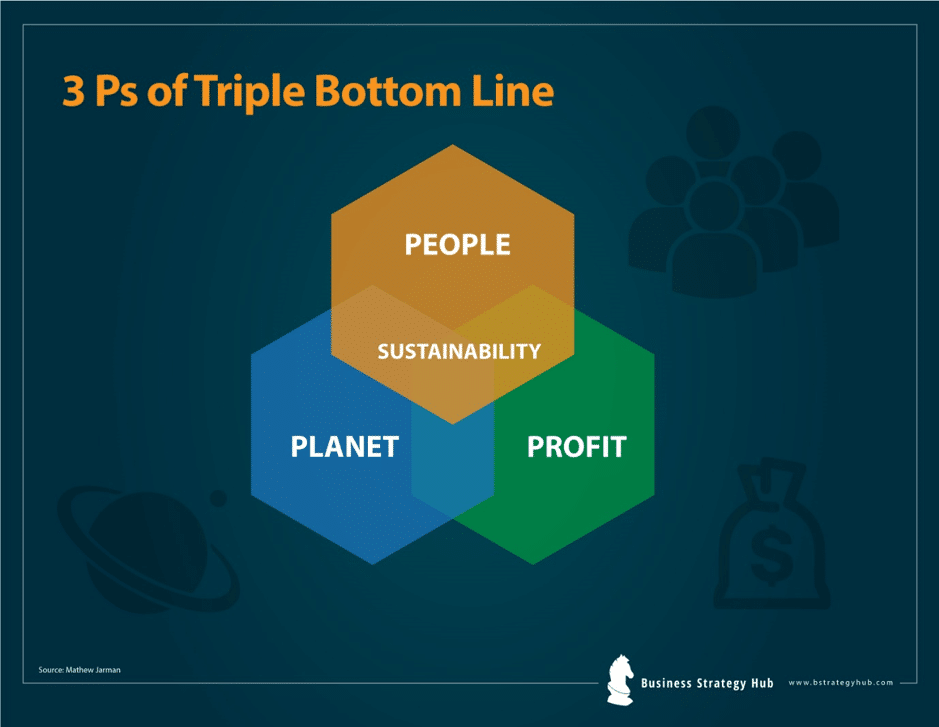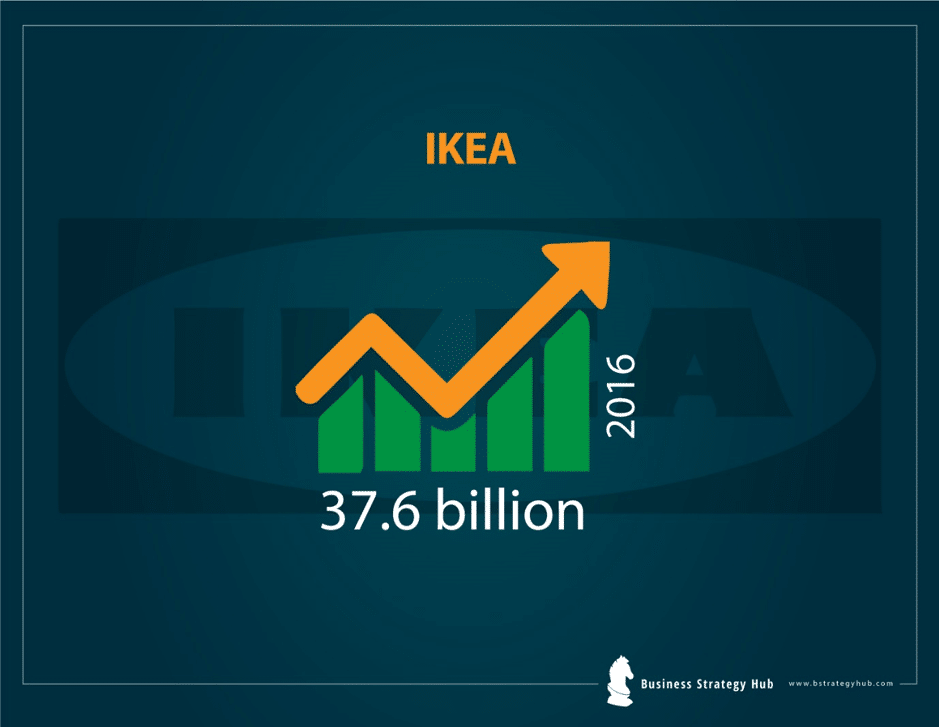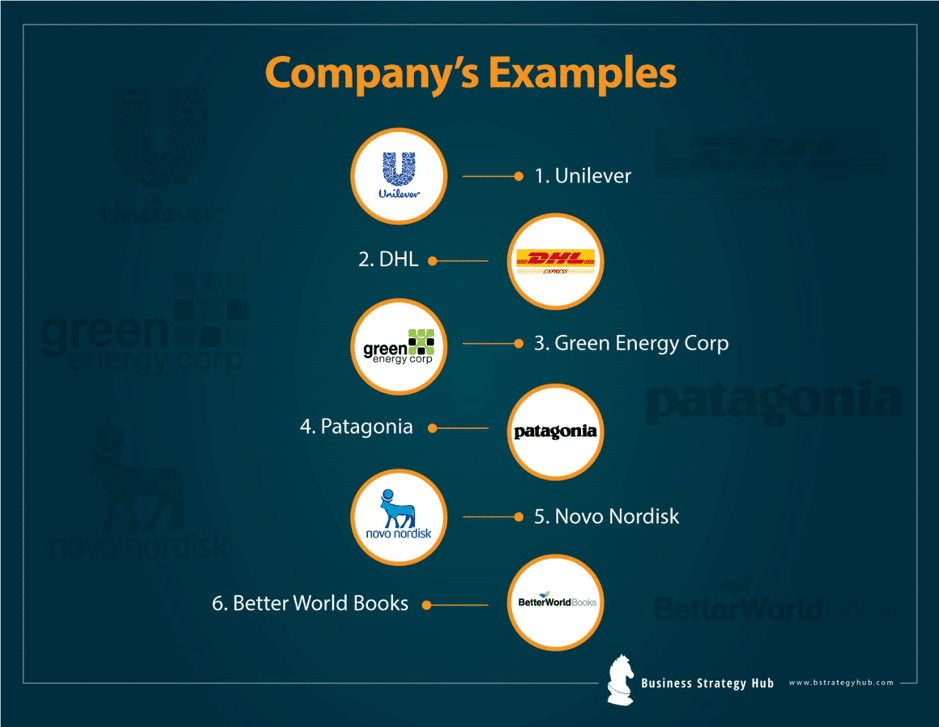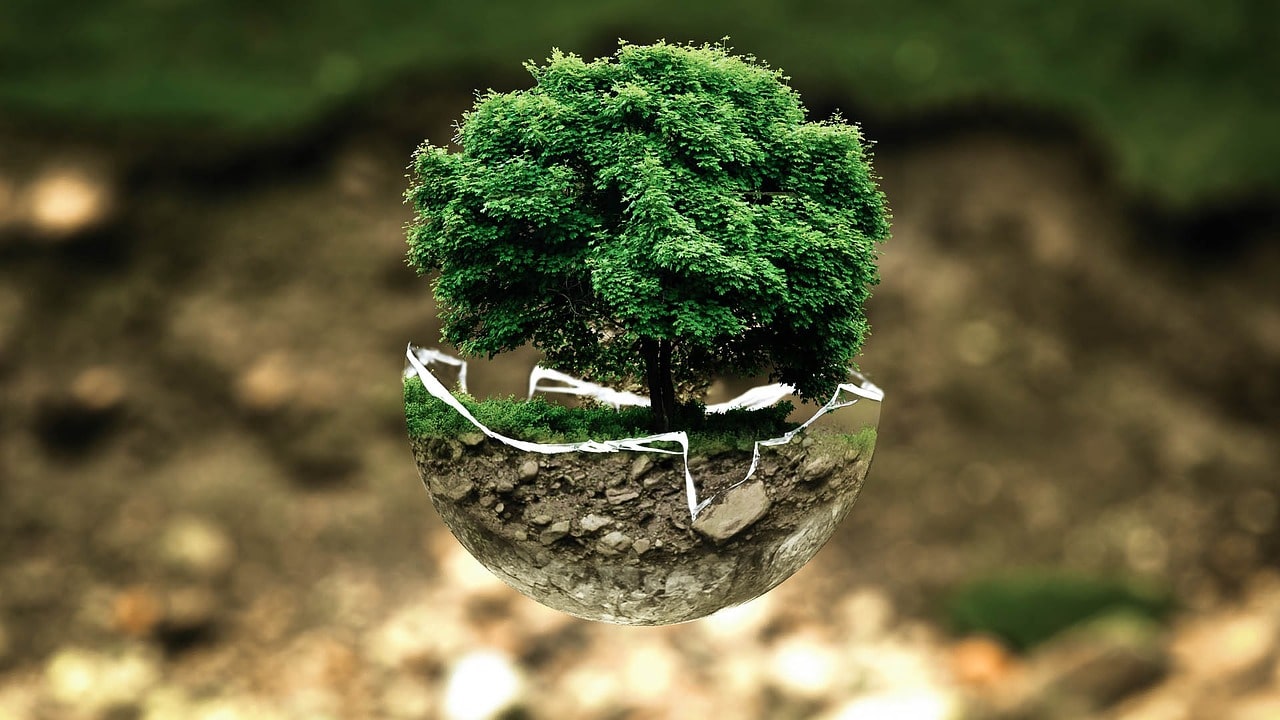Model Name : Triple Bottom Line
Creator : John Elkington
Year : 2013
Purpose : Sustainable business practices| Financial measures, environmental and social measures | Sustainability development strategies | Corporate Social Responsibility
It was the old time when business companies were only concerned about their profits and revenues. With the change in time, many innovations and modifications cropped up. But, what’s more, surprising is the incredible and drastic change that occurred in our ‘way of thinking’.
We don’t just get modernized in our fashion industry or architectural designs or construction business, but we have widened our horizons of thinking and understanding nature. We have begun caring about our environment and become aware of its present conditions.
Thus, the concept of sustainability was originated that focuses on effective utilization of natural resources for a balanced ecological system.
Since the emergence of this concept at the end of the 20th century, a multitude of theories, conceptualizations, studies, and business systems were introduced by management scientists.
Companies embark on the journey of developing their sustainability plans and initiated several programs to tackle environmental issues and bring ‘green’ change in the world.
Corporate social responsibility (CSR)
A popular phenomenon becomes so crucial in the business world, that without this, no company set its foot in the industry. With the numerous NGOs and not-for-profit organizations being phased in the market, environmental concerns are given substantial significance. Even, customers criticize those companies openly who harm the environment by any of their actions. According to 5WPR’s 2020 Consumer Culture Report, 71% of millennials are more willing to pay higher prices for products if they know some of the proceeds will go to charity. As the biggest spenders and target market, millennials have the final say when it comes to consumer products. It also provides an opportunity for brands to increase sales and their profits by creating a positive corporate identity that can entice millennials. In a sense, caring about the community and the environment is the best approach to increase sales and profits. [1]
Employees love to work for those organizations who play a vital role in sustainable activities and address the environmental and social issues competently. You may have watched several advertisements for example, which give inspiring and enlightened messages favoring the social interests for the care of our environment and society.
This is where the roots of sustainability development grow into the business world and the development of the ‘Triple Bottom Line’ system set in motion for business entities and organizations. It shares the same notion.
The term triple bottom line was created by John Elkington in 1994. In fact, he wrote a book on the concept, entitled, “Cannibals with Forks: The Triple Bottom Line of 21st Century Business”. Triple bottom line originates a new track for business leaders to look beyond the current picture and sustain themselves for longer in the market.
What is the Triple Bottom Line (TBL)?
Triple bottom line is the accounting framework which draws the attention of business managers to incorporate social and environmental factors along with the financial aspects.
When a company emphasizes on its financial value, economic standing, profits, and revenues, it must also give considerable thought to its social and environmental responsibilities.
What are the 3 Ps of TBL?
TBL essentially deals with 3Ps called
- People
- Planet
- Profit
In contrast to the conventional business theme of generating maximized profits and large sales, this concept aims to broaden business value by focusing on social (people’s) and environmental (planet’s) measures. This advanced approach enables you to measure your business productivity by answering the question;
What impact your organization has on :
a) the people and
b) our Earth (Planet)?

Cover your 3Ps
All three aspects are explained below:
1. Look After Your Planet
Companies are using natural resources and raw materials for the manufacturing and production of products all the time. Thus, it is also their duty to pay attention to the conditions of our planet.
- If the use of energy resources is not efficient
- If greenhouse gas emissions are polluting the environment
- If oil spill accidents are contaminating the sea, oceans, and lands, and
- If an ecological system gets disturbed because of business operations, then who is responsible?
In contrast, if we perform sustainable activities for the sake of our environment, it gives us an upper hand over our competitors.
Research Study of Triple Bottom Line
In 2009, Dow Jones Index did a research analysis on 99 companies. The results showed that those organizations surpassed their market peers who perform sustainable activities to protect the environment and the interests of their shareholders.
According to Daniel Deziel, head of Antioch University’s MBA program, “the principles of the triple bottom line in 2020 is no longer just for companies with an explicit environmental mission.” Deziel points to the example of Walmart, which has been investing heavily to install solar panels to cover the broad roofs of its stores. Even though investing in solar panels as a sustainable source of energy was expensive, the benefits gained by Walmart surpass its investment. “The last couple of hurricanes that hit Florida,” explains Deziel, “Walmarts were some of the first stores to re-open.”
While competitors waited for damaged electric lines to be fixed and power to be restored, Walmart stores opened as soon as the hurricane passed because they could generate their own power. For weeks, all customers in hard-hit areas flocked to Walmart. Caring for the environment provided Walmart with a significant competitive advantage and enhanced the health and viability of the business in the long-term. [2]
2. Do Something for People
Employees are acclaimed as the assets of any organization.
a) Your labors,
b) the community in which you work and
c) the human capital that you utilize need some assurance that you are not only using them but also giving something in return to them.
You can return them in terms of equal opportunity employer, fair distribution of labor wages, and resolving health and poverty issues.
It has been widely recognized and reported that the companies who ignore their people and social good are subjected to higher economic costs and lower profits.
The value in focusing on the people goes beyond the workplace because modern consumers are more interested in supporting companies that align with their beliefs. The importance of doing something for the people is crucial as millennials take over the mantle as the core demographic and the biggest spenders in the market. Millennials will have spent $1.4 trillion by the end of 2020 and much more than other market segments in the years to come. Also, 83% of millennials will only support brands that fit their values, which include how companies take care of their employees, community, and the environment. If doing something for the people is important to the biggest segment in the market, it should also be important for your business. [3]
3. Don’t forget involving Profits
Your organizational activities are also playing some part in maintaining the economic system, not for today only but for future generations as well. So, you can’t make it without earning profits for your company. After all, who wants to earn loses!

One of the famous examples is IKEA, a renowned Swedish furniture company. Ikea raised its sales to 37.6 billion dollars in 2016, but it didn’t swallow all the profit, it turned the profits in recycling the waste material like the remnants of the tree and exploited that wastage in making some of its top-selling products. IKEA’s annual revenue increased from $44 billion in FY2019 to $46.7 billion in FY2020, which is impressive, given the uncertainties in the market throughout the period. The company has been attaining high profits even after increasing its investment in renewable energy and sustainable sources of raw materials. [4]
Now, it is recognized as the company that adds “zero waste to landfill.”
Hence, the salient point is your economic value promotes and supports the people of tomorrow when you perform all your business operations with the inclusion of the environmental sustainability aspect. The company set ambitious sustainability goals for 2020 and strives to attain each goal. It has invested more in the production of renewable energy to match its consumption, strives to ensure 90% of its home furnishing products are more sustainable, and seeks to source 100% of its wood, paper, and cardboard from more sustainable sources. In 2020, the furniture brand successfully phased out single-use plastic and replaced it with renewable or recyclable options, which is one of the commitments it made in June 2018. Also, it replaced disposable cups, cutlery, bowls, plates, and straws for all IKEA restaurants and cafés with items made with materials from renewable sources. IKEA is closer to meeting all its sustainability goals and continues to make profits along the way. [5]

Why TBL is a Lucrative Strategy?
Triple bottom line theory entails innumerable and superb benefits for the organizations. Few are as follows:
- Raises transparency that mitigates the shareholder’s concerns of concealed information
- Involves accountability of organizations’ actions
- Delivers growth and better economic situations for your company
- Gives a competitive advantage over industry peers
- Strengthen your business purposes
- Enables you to be a part of world betterment
- Minimizes the risks of public scrutiny
- Propels us to make our world “a better place to live.”
Companies with TBL Strategy
Almost all the companies are now working towards adopting the TBL strategy but a few firms are exemplary for embracing it quickly:
They are:
After all, sustainability is the only benchmark for the future!

Here are examples of a few companies that are embracing sustainability and setting up ambitious goals.
1. Unilever – aims to reuse 100% of plastic packaging, by 2025
2. DHL – aims to reach zero emission by 2050
3. Patagonia – reuse old clothes
4. Coca Cola Company – plans to achieve major recycling initiative by 2030
5. Apple – achieved 100% green energy
6. The North Face
The sheep grazing lazily on a ranch in the northeastern-most corner of California probably don’t know it, but they’re endorsed by The North Face, the second-largest outdoor apparel, donates annually to a carbon farm fund it created and has also invested heavily to enhance the adoption of carbon-capturing practices. It pays a 25% to 30% price premium for merino wool from sheep farmers who use eco-friendly farm practices. The North Face then weaves the wool into beanies that sell for $62, which is double the price of similar hats offered by other brands.
The company is also one of the most vocal brands against inequality, racism, and hate. Caring for the planet and people has increased the brand’s revenue, profitability, and long-term sustainability. [6]
7. Allergan
Allergan has been formulating sustainability strategies for more than 25 years. It began monitoring its water usage in the 1990s and adopted effective measures, which resulted in a 12% reduction in water usage by 2010.
In recent years, Allergan has enhanced the sustainability of its supply chain by partnering with Eco desk, an independent sustainable supply chain platform. The company also focuses on people and introduced the Good Observation program, which has enabled its employees to play a central role in the management of the business.
Allergen recently invested $25 million to create the safest working environment for its employees. Caring about the environment and people has rewarded Allergan with high profits and rapid growth. [7]
References & more information
- 5WPR. (2020, April). Consumer Culture [5W PR 2020 REPORT]. 5W Public Relations
- Deziel, D. (2020, May 26). Positioned to Thrive: How Triple Bottom Line Companies Are Well-Prepared for the Coronavirus Pandemic and Beyond. Antioch University
- Philip Morris International (2020, July 28). Why companies are embracing the triple bottom line. Smart Brief
- Ringstrom, A. (2020, October 6). IKEA gets a sales boost from shoppers’ new stay-at-home focus. Reuters
- Retail ME Bureau (2020, Jan 19). IKEA meets 2020 sustainability goals. Images Retail ME
- Overfelt, M. (2020, Aug 14). As The North Face battles Patagonia in the outdoors market, it bets tackling climate change will pay off. CNBC
- NAEM Staff (2020, Jan 27). David Eherts: EHS Success is About Employee Engagement. The National Association for Environmental Management (NAEM)
Tell us what you think? Did you find this article interesting? Share your thoughts and experiences in the comments section below.












Add comment